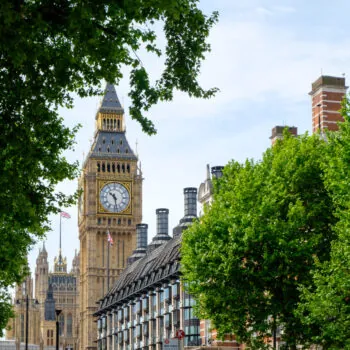There is a growing conversation around the role that hydrogen can play in the future of the UK, and how to best harness its potential to secure jobs, show climate leadership, promote industrial competitiveness and drive innovation. The Government’s ‘Ten Point Plan for a Green Industrial Revolution’ included hydrogen as one of its ten actions, targeting 5GW of ‘low carbon’ hydrogen production by 2030. Britain is thus joining the EU, US, Japan, Germany and a host of other countries seeking to be part of the hydrogen economy of the future.
A focus on clean, green hydrogen within targeted sectors and hubs can support multiple Government goals – including demonstrating climate leadership, reducing regional inequalities through the ‘levelling up’ agenda, and ensuring a green and cost-effective recovery from the coronavirus pandemic which prioritises jobs and skills. A strategic hydrogen vision must be honest and recognise where green hydrogen does not present the optimal pathway for decarbonisation – for instance, where alternative solutions are already readily available for roll-out, are more efficient and cost-effective. A clear example is hydrogen use for heating, where it is estimated to require around 30 times more offshore wind farm capacity than currently available to produce enough green hydrogen to replace all gas boilers, as well as adding costs for consumers.
This paper considers the offer of hydrogen for key Government priorities – including an inclusive and resilient economic recovery from the pandemic, demonstrating climate leadership, and delivering for all of society across the UK. It assesses existing evidence and considers the risks and opportunities, and how they might inform a strategic vision for the UK. Ahead of the forthcoming Hydrogen Strategy, it sets expectations for Government and outlines key recommendations.


